Home>Gardening & Outdoor>Landscaping Ideas>How To Cut Grass When You Have Allergies
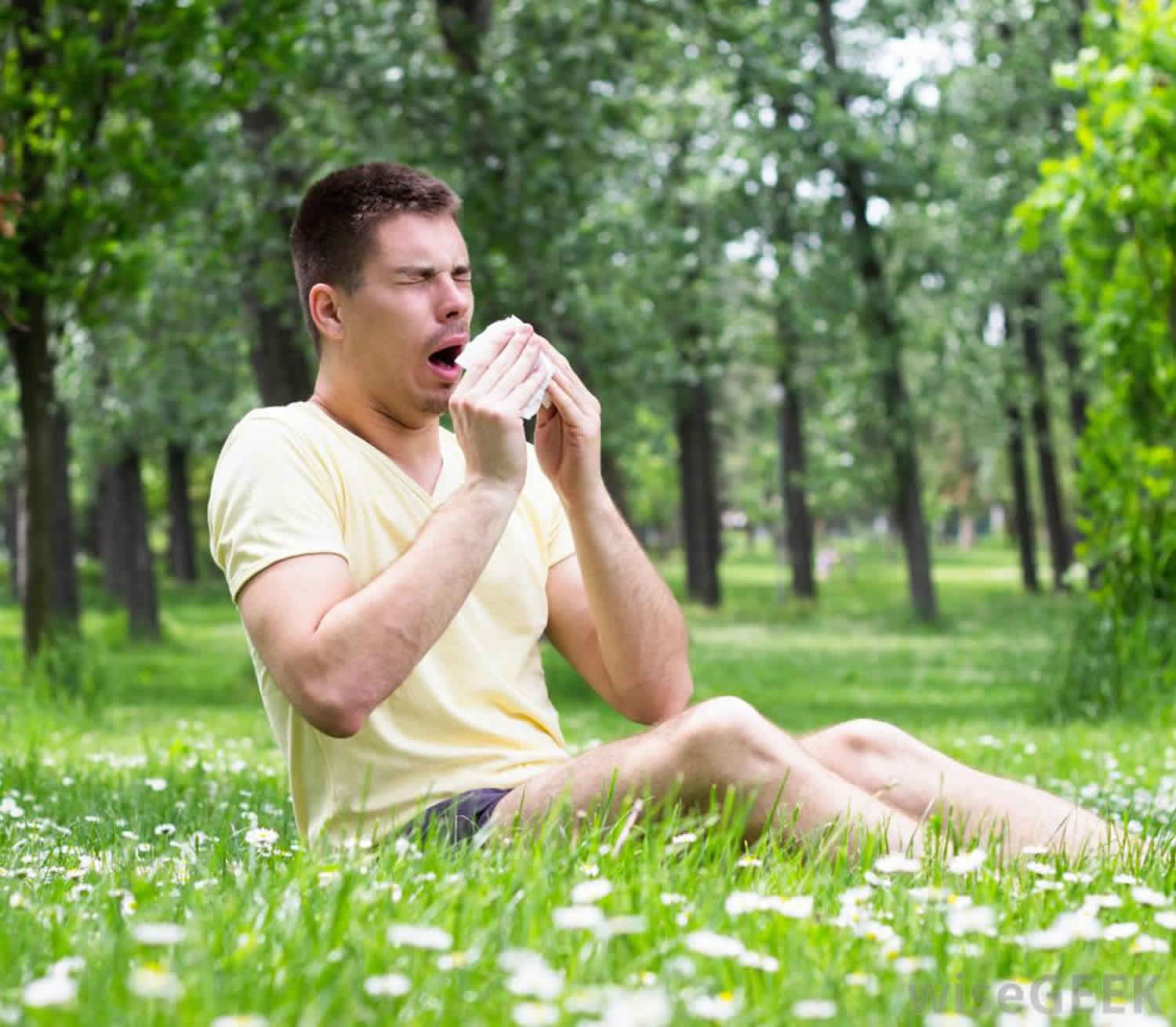

Landscaping Ideas
How To Cut Grass When You Have Allergies
Modified: October 19, 2024
Discover landscaping ideas for cutting grass when you have allergies. Find tips on managing your lawn without triggering allergy symptoms. Explore effective strategies now!
(Many of the links in this article redirect to a specific reviewed product. Your purchase of these products through affiliate links helps to generate commission for Storables.com, at no extra cost. Learn more)
Introduction
Living with grass allergies can make simple tasks like mowing the lawn a challenging and uncomfortable experience. However, with the right knowledge and precautions, it's possible to manage grass allergies while still maintaining a well-kept yard. In this article, we'll explore strategies for cutting grass when you have allergies, including understanding the causes of grass allergies, preparing for the task, choosing the right equipment, implementing best practices for cutting grass, and managing allergies after the task is complete.
By following these guidelines, individuals with grass allergies can enjoy a beautifully manicured lawn without succumbing to the discomfort often associated with grass exposure. Let's delve into the details of how to cut grass when you have allergies, ensuring that both your yard and your health are well taken care of.
Key Takeaways:
- Don’t let grass allergies stop you from maintaining a beautiful lawn. Plan ahead, wear protective gear, and choose the right equipment to minimize allergen exposure while cutting grass.
- After cutting grass, shower, change clothes, and clean equipment to reduce allergen transfer indoors. Stay hydrated and monitor symptoms for effective allergy management.
Read more: What Happens To Grass When You Cut It
Understanding Grass Allergies
Grass allergies, also known as hay fever or allergic rhinitis, are triggered by the pollen released by grass as part of its reproductive process. When individuals with grass allergies come into contact with grass pollen, their immune systems perceive it as a threat, leading to the release of histamines and other chemicals that cause allergic symptoms.
Common symptoms of grass allergies include sneezing, runny or stuffy nose, itchy or watery eyes, and throat irritation. In more severe cases, grass pollen exposure can trigger asthma symptoms, such as wheezing and difficulty breathing. These symptoms can significantly impact an individual’s quality of life, especially during peak grass pollen seasons.
It’s important to note that different grass species produce varying amounts of pollen, and individuals may be more sensitive to certain types of grass. Warm and windy weather tends to exacerbate grass pollen dispersal, increasing the likelihood of allergic reactions during these conditions.
Understanding the specific triggers and symptoms of grass allergies is crucial for effectively managing exposure while performing outdoor tasks such as cutting grass. By being aware of the factors that contribute to allergic reactions, individuals can take proactive measures to minimize their risk and alleviate symptoms.
Preparing to Cut Grass
Before embarking on the task of cutting grass, individuals with grass allergies should take proactive steps to minimize their exposure to allergens. Here are some essential preparations to consider:
- Check Pollen Counts: Keep an eye on local pollen forecasts and schedule grass-cutting activities during periods of lower pollen counts, typically after rainfall when the pollen has been washed away.
- Time of Day: Plan to cut the grass in the late afternoon or early evening when pollen levels are generally lower, as opposed to early morning when pollen is more prevalent.
- Wear Protective Clothing: Dress in long sleeves, pants, a hat, and sunglasses to minimize direct contact with grass pollen. Additionally, wearing a pollen mask can provide an extra layer of protection against inhalation of allergens.
- Take Medication: If prescribed by a healthcare professional, take allergy medications as recommended before engaging in outdoor activities to help manage symptoms.
- Delegate the Task: If possible, consider delegating the grass-cutting task to a family member or hiring a professional lawn care service to reduce personal exposure to grass allergens.
By implementing these preparatory measures, individuals can create a safer environment for themselves while tending to their lawn, minimizing the risk of triggering allergic reactions during the grass-cutting process.
Choosing the Right Equipment
When dealing with grass allergies, selecting the appropriate equipment for cutting grass can significantly impact the level of allergen exposure. Here are some considerations for choosing the right equipment:
- Allergy-Friendly Lawn Mower: Opt for a lawn mower with a bagging attachment to collect grass clippings and minimize the dispersal of pollen and other allergens into the air. Consider using a mower with a high-efficiency particulate air (HEPA) filter to trap tiny particles, including pollen, during operation.
- Trimming and Edging Tools: Use handheld trimmers or edgers for detailed work around flower beds, trees, and other areas where a mower may not reach. These tools can help reduce the need for prolonged exposure to grass and pollen.
- Leaf Blower Alternatives: Instead of using a traditional leaf blower to clear grass clippings and debris, consider using a rake or a grass sweeper to minimize the disturbance of allergens in the air.
- Clean Equipment Regularly: Keep lawn care equipment clean and well-maintained to prevent the accumulation of pollen and other allergens. Regularly wash and wipe down the equipment after each use to minimize the risk of allergen exposure during future tasks.
By carefully selecting and maintaining the appropriate lawn care equipment, individuals can mitigate the spread of grass pollen and allergens while effectively managing their grass-cutting responsibilities.
Consider wearing a mask, long sleeves, and sunglasses to minimize contact with pollen. Try to mow in the evening when pollen levels are lower. Shower and change clothes immediately after mowing.
Best Practices for Cutting Grass
Implementing best practices for cutting grass can help minimize allergen exposure and create a more comfortable environment for individuals with grass allergies. Here are some effective strategies to consider:
- Stay Informed: Monitor local pollen counts and weather conditions to plan grass-cutting activities during optimal times with lower pollen levels and minimal wind, reducing the risk of allergen dispersal.
- Mow When Dry: Avoid cutting wet grass, as moisture can cause grass clippings to clump and stick to equipment, increasing the likelihood of allergen exposure during cleanup.
- Use Caution Near Flowering Plants: Exercise caution when mowing near flowering plants, as their pollen can exacerbate allergic reactions. Consider using a bagging attachment on the mower to contain grass clippings and minimize the disturbance of surrounding vegetation.
- Maintain a Safe Distance: Keep a safe distance from the discharge chute of the lawn mower to reduce direct contact with airborne grass clippings and pollen. Consider wearing protective gear, such as goggles and a pollen mask, for added protection.
- Alternate Mowing Patterns: Vary the direction of mowing patterns each time to prevent excessive trampling of grass and minimize the release of pollen into the air. This approach can help reduce overall allergen dispersal during the cutting process.
- Take Breaks as Needed: If allergy symptoms arise during grass cutting, take periodic breaks to rest and seek relief indoors. Hydrate and consider using allergy eye drops or nasal sprays as recommended by a healthcare professional.
By adhering to these best practices, individuals can effectively manage grass-cutting tasks while minimizing allergen exposure and promoting a more comfortable and controlled outdoor environment.
Read more: Does Grass Scream When You Cut It
Aftercare and Allergy Management
After completing the grass-cutting task, proper aftercare and allergy management are essential for minimizing the lingering effects of allergen exposure. Here are key steps to consider:
- Shower and Change Clothes: Upon finishing the task, promptly shower to remove any pollen and allergens that may have come into contact with your skin and hair. Changing into fresh, clean clothes can further reduce the risk of allergen transfer indoors.
- Clean Lawn Care Equipment: Thoroughly clean and sanitize lawn care equipment, including the mower, trimmers, and any other tools used during the grass-cutting process, to prevent the spread of allergens and pollen during future use.
- Indoor Air Quality: Keep windows and doors closed to prevent pollen from entering the indoor living spaces. Consider using air purifiers with HEPA filters to help remove airborne allergens and maintain better indoor air quality.
- Allergy Medication and Relief: If allergy symptoms persist after outdoor activities, continue to follow the prescribed regimen of allergy medications as recommended by a healthcare professional. Over-the-counter antihistamines, nasal sprays, and eye drops can provide relief from allergy symptoms.
- Stay Hydrated: Drink plenty of water to stay hydrated, as this can help alleviate allergy symptoms and support overall well-being after exposure to grass pollen.
- Monitor Symptoms: Pay attention to any lingering or worsening allergy symptoms and seek medical advice if necessary. Documenting specific triggers and symptom patterns can aid in managing grass allergies effectively.
By prioritizing thorough aftercare and allergy management, individuals can mitigate the impact of grass allergen exposure and create a more comfortable post-task environment, promoting better overall well-being.
Conclusion
Managing grass allergies while cutting grass is a nuanced process that involves thoughtful preparation, strategic execution, and diligent aftercare. By understanding the triggers and symptoms of grass allergies, individuals can take proactive measures to minimize their exposure to allergens during outdoor tasks. Planning grass-cutting activities during periods of lower pollen counts, wearing protective clothing, and utilizing allergy-friendly equipment are crucial steps in creating a safer environment for those with grass allergies.
Implementing best practices, such as mowing when dry, maintaining a safe distance from the discharge chute of the lawn mower, and taking breaks as needed, can significantly reduce allergen exposure and promote a more comfortable grass-cutting experience. Additionally, prioritizing thorough aftercare, including showering, changing clothes, and cleaning equipment, can help mitigate the lingering effects of allergen exposure and maintain better indoor air quality.
By integrating these strategies into their grass-cutting routines, individuals with grass allergies can enjoy a well-kept lawn while minimizing the impact of allergen exposure on their health. It’s important to stay informed about local pollen forecasts, seek medical advice when necessary, and consistently manage allergy symptoms to support overall well-being.
Ultimately, with careful planning, informed decision-making, and proactive allergy management, individuals can navigate the challenges of cutting grass with allergies and create a more comfortable and enjoyable outdoor environment for themselves and their families.
Frequently Asked Questions about How To Cut Grass When You Have Allergies
Was this page helpful?
At Storables.com, we guarantee accurate and reliable information. Our content, validated by Expert Board Contributors, is crafted following stringent Editorial Policies. We're committed to providing you with well-researched, expert-backed insights for all your informational needs.
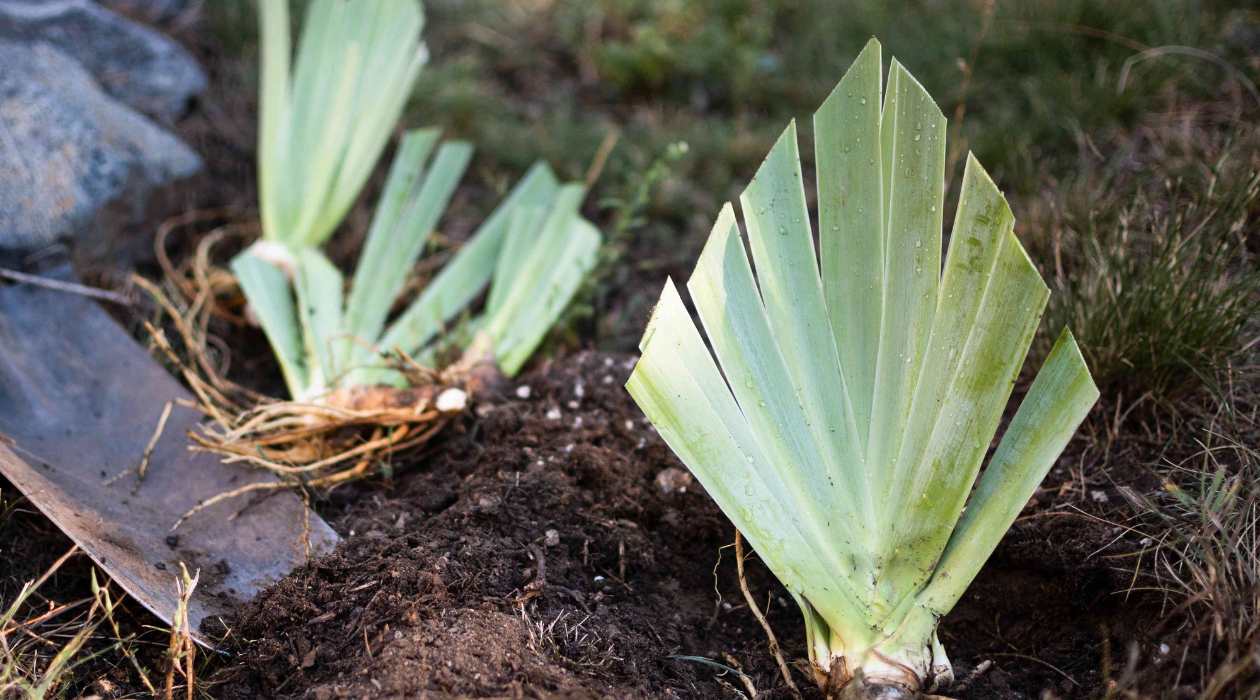
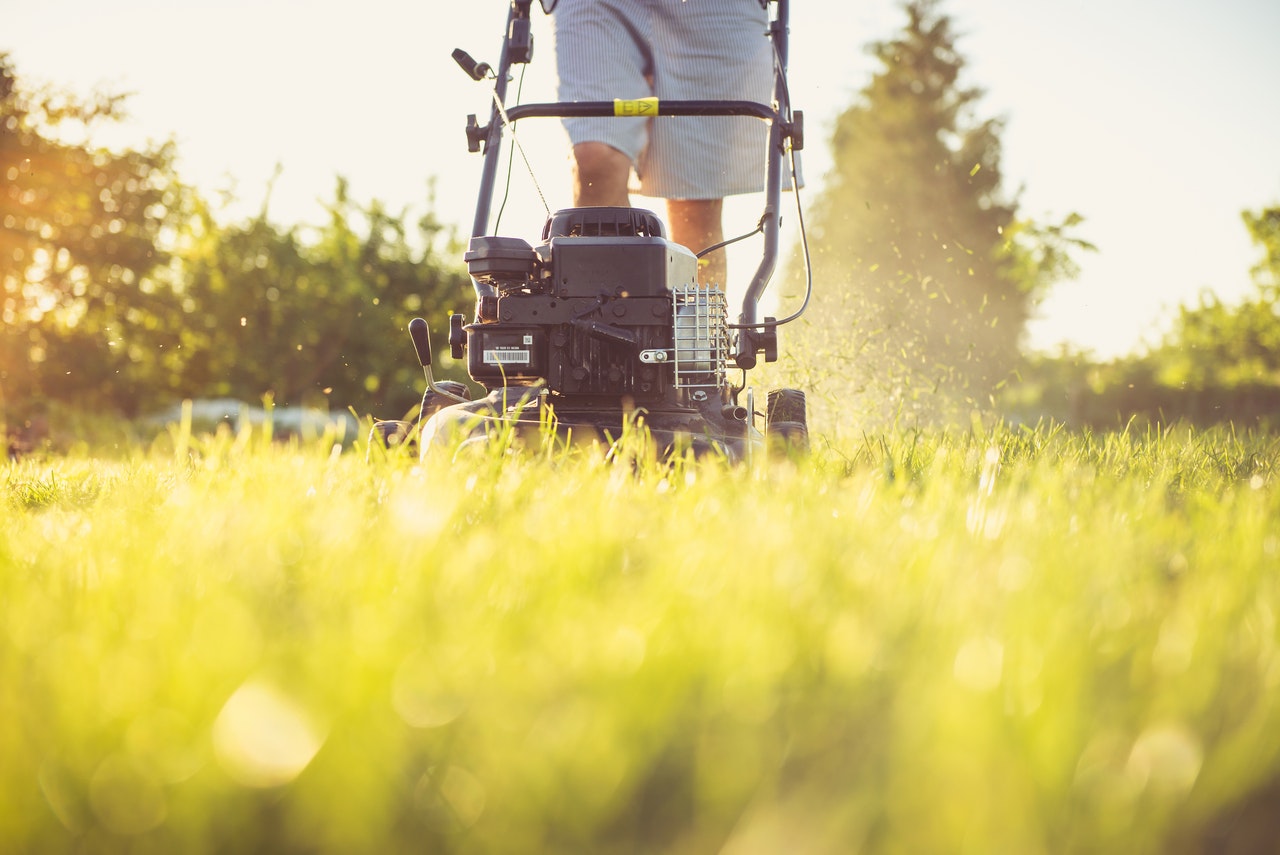

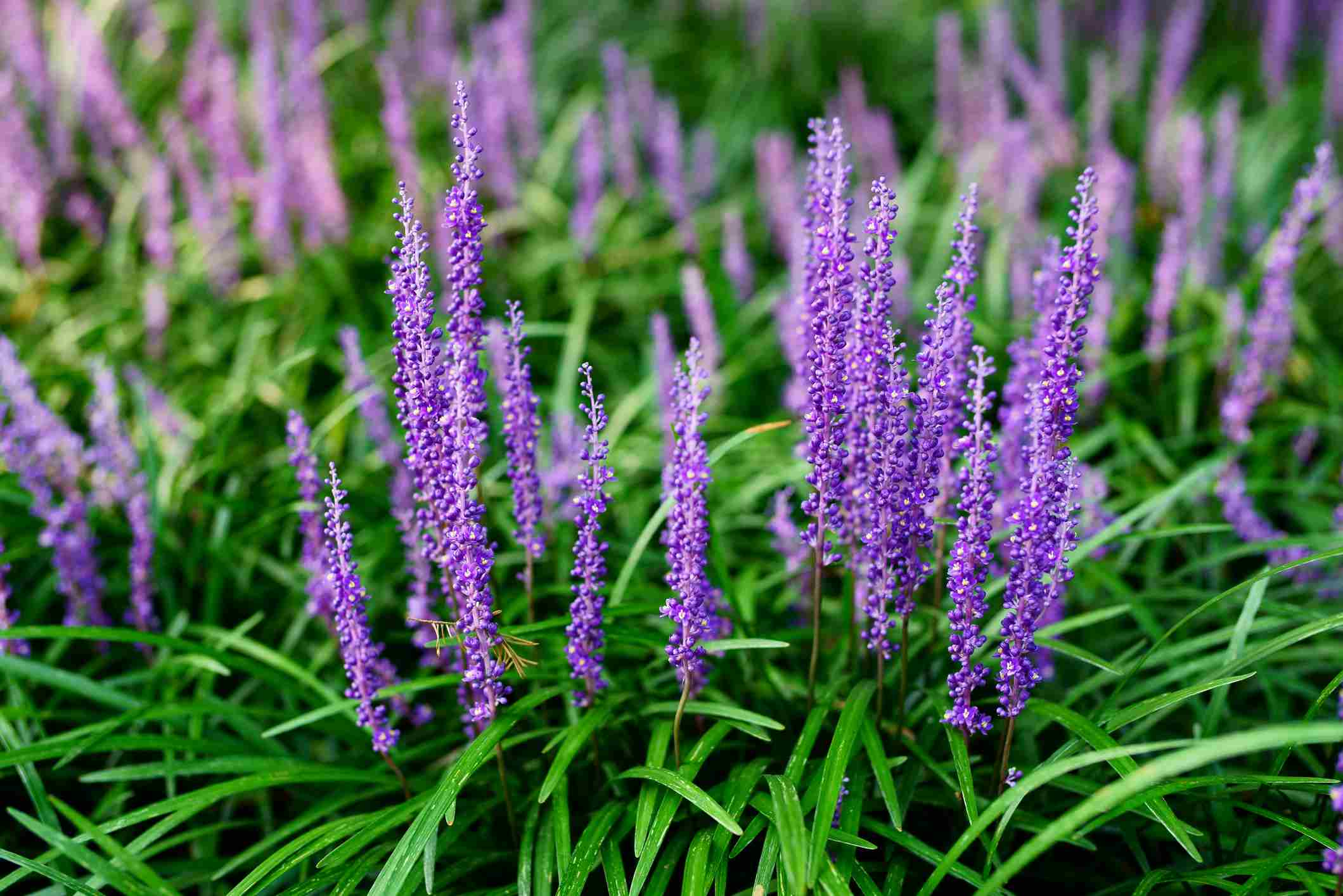
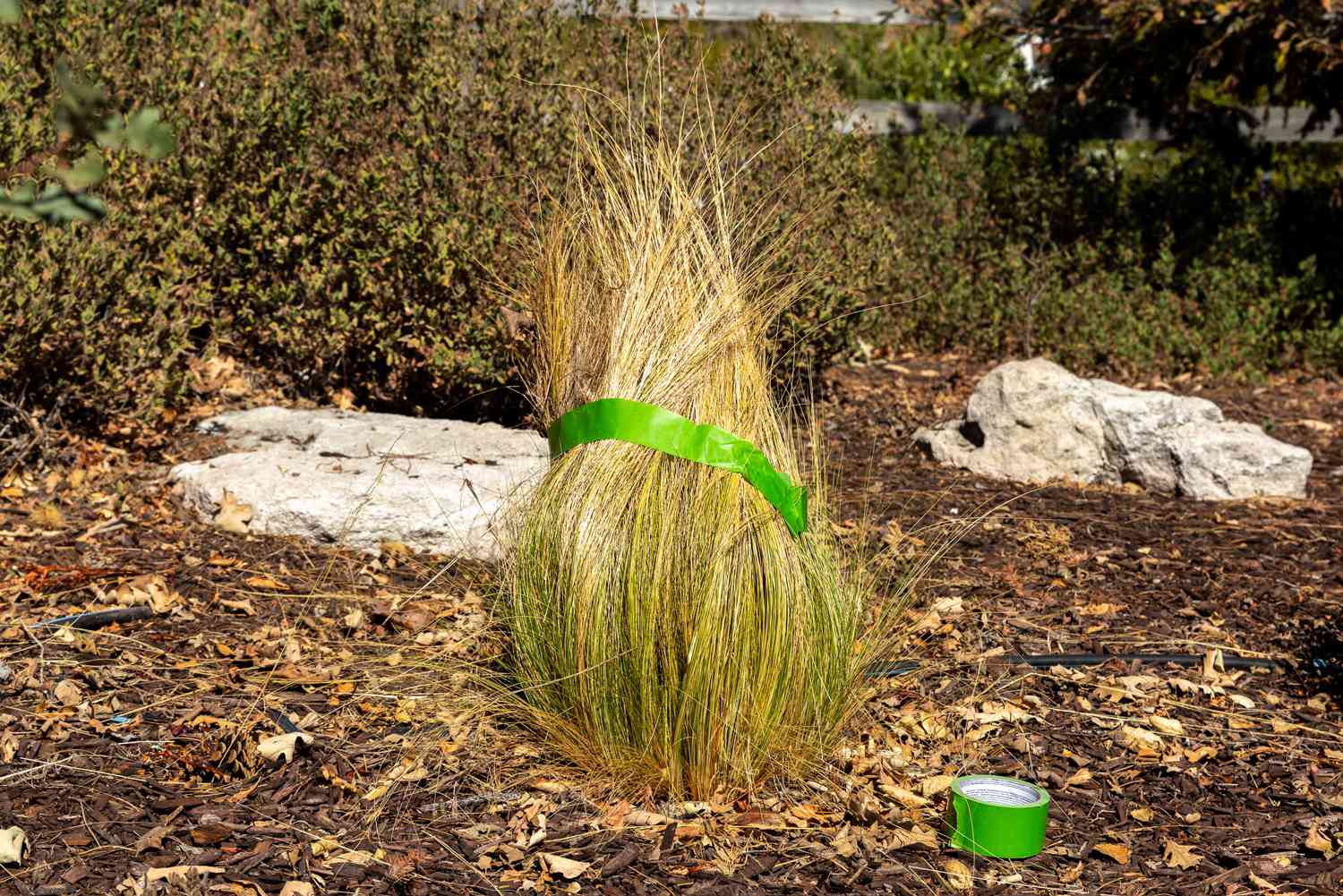
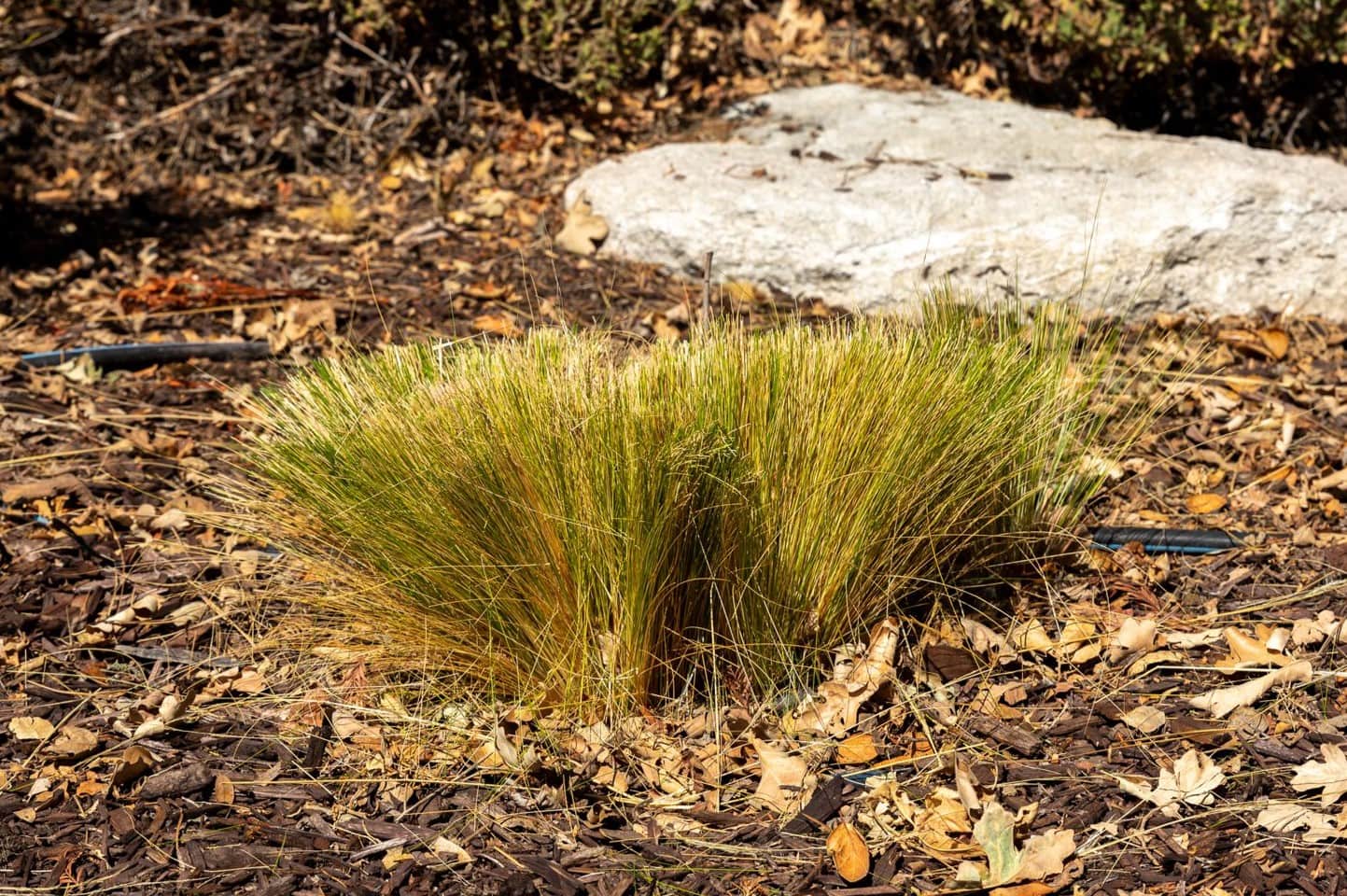


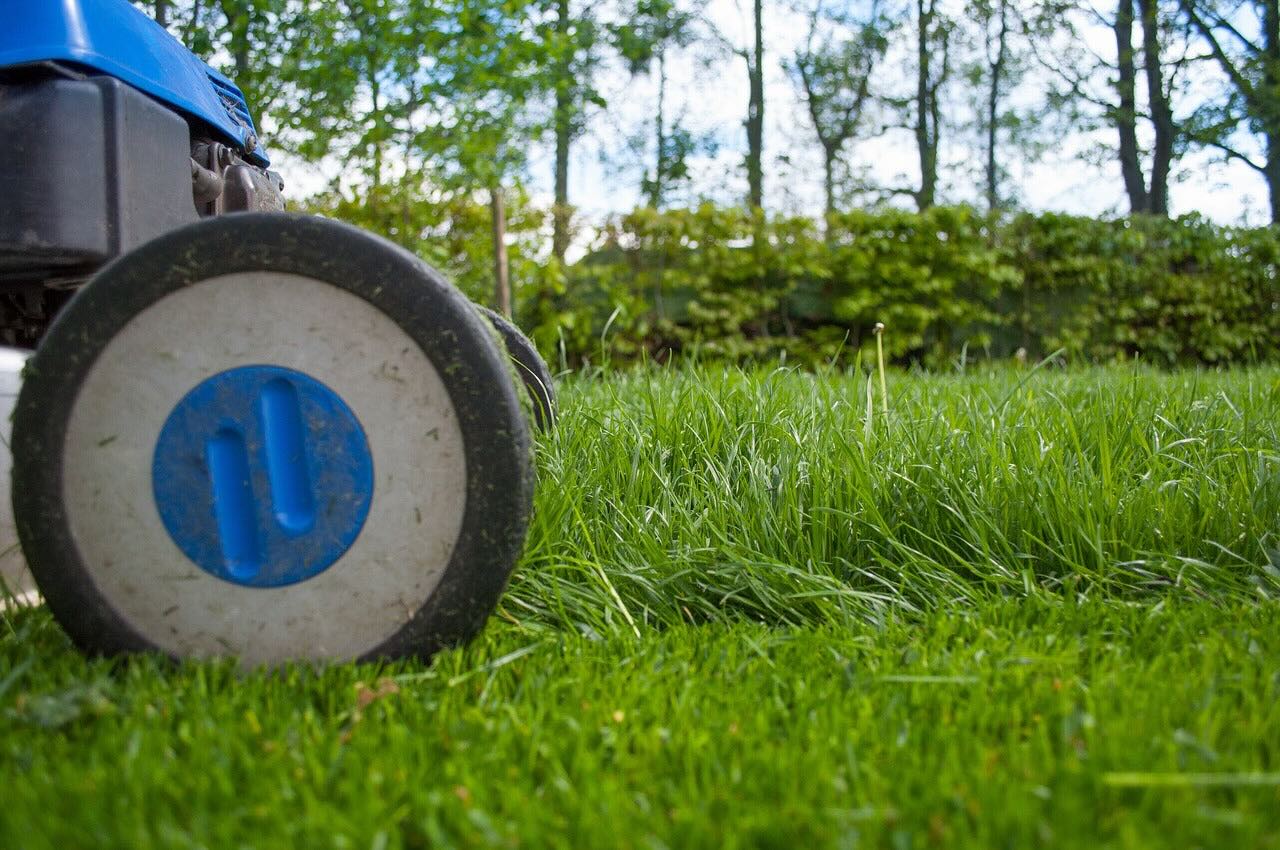
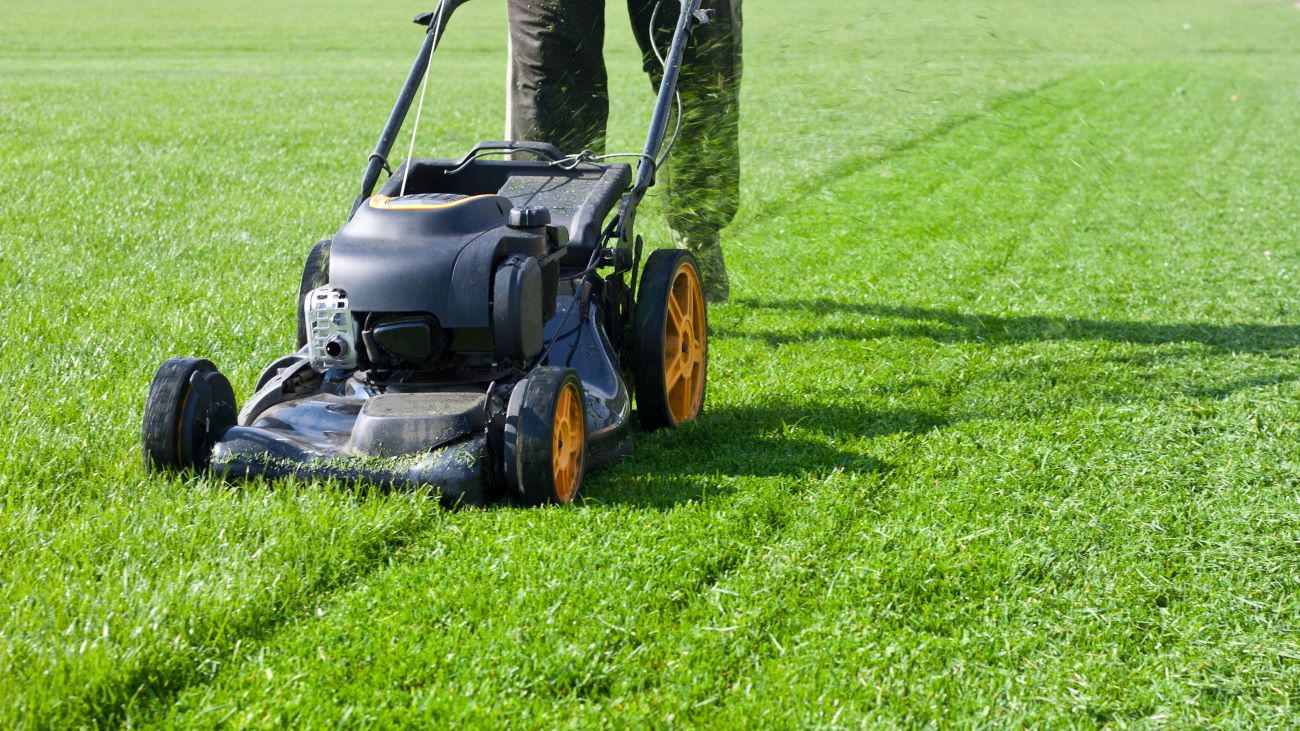
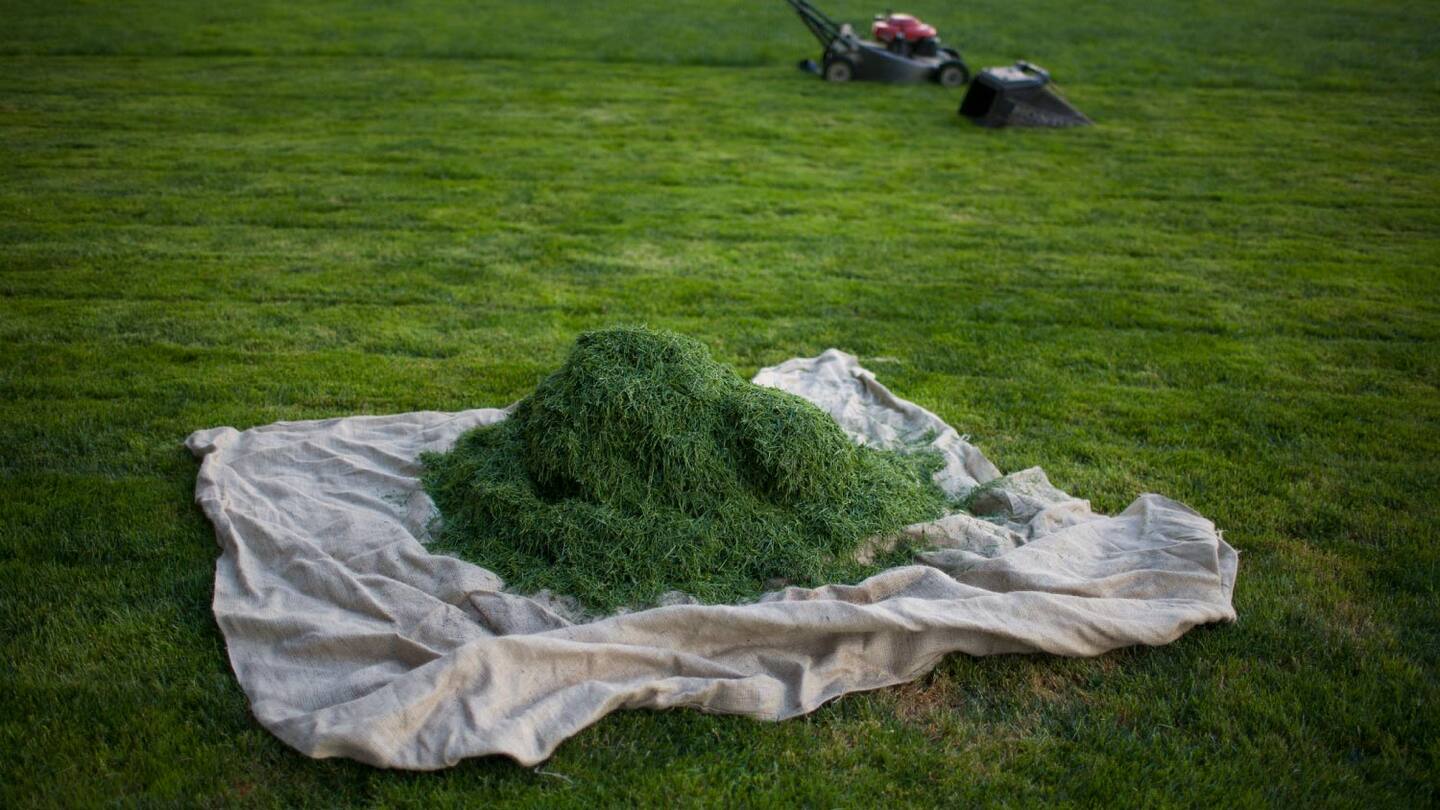
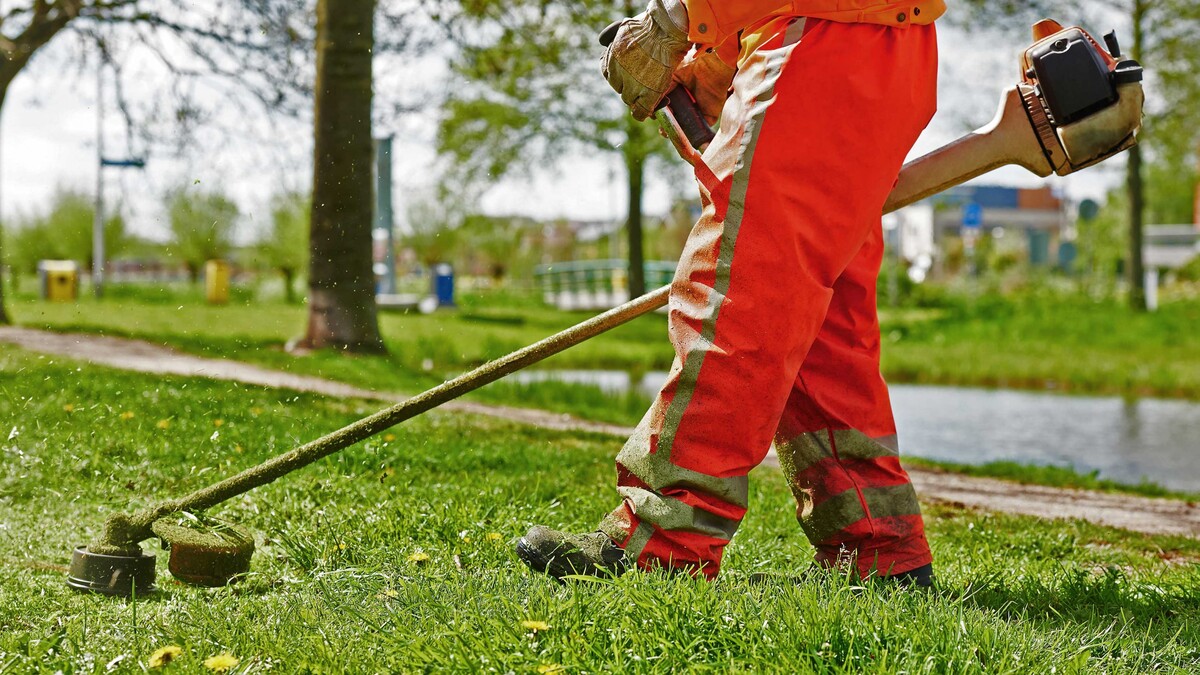
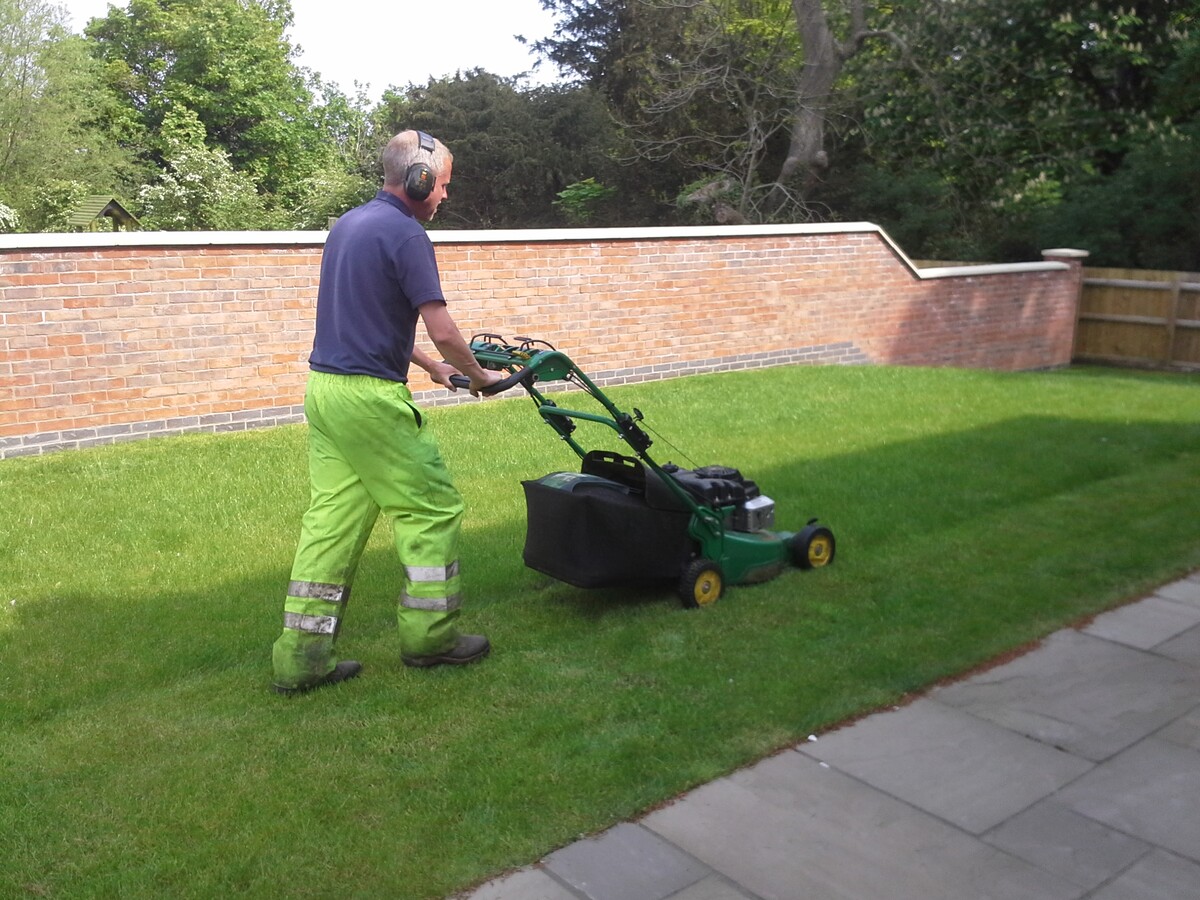
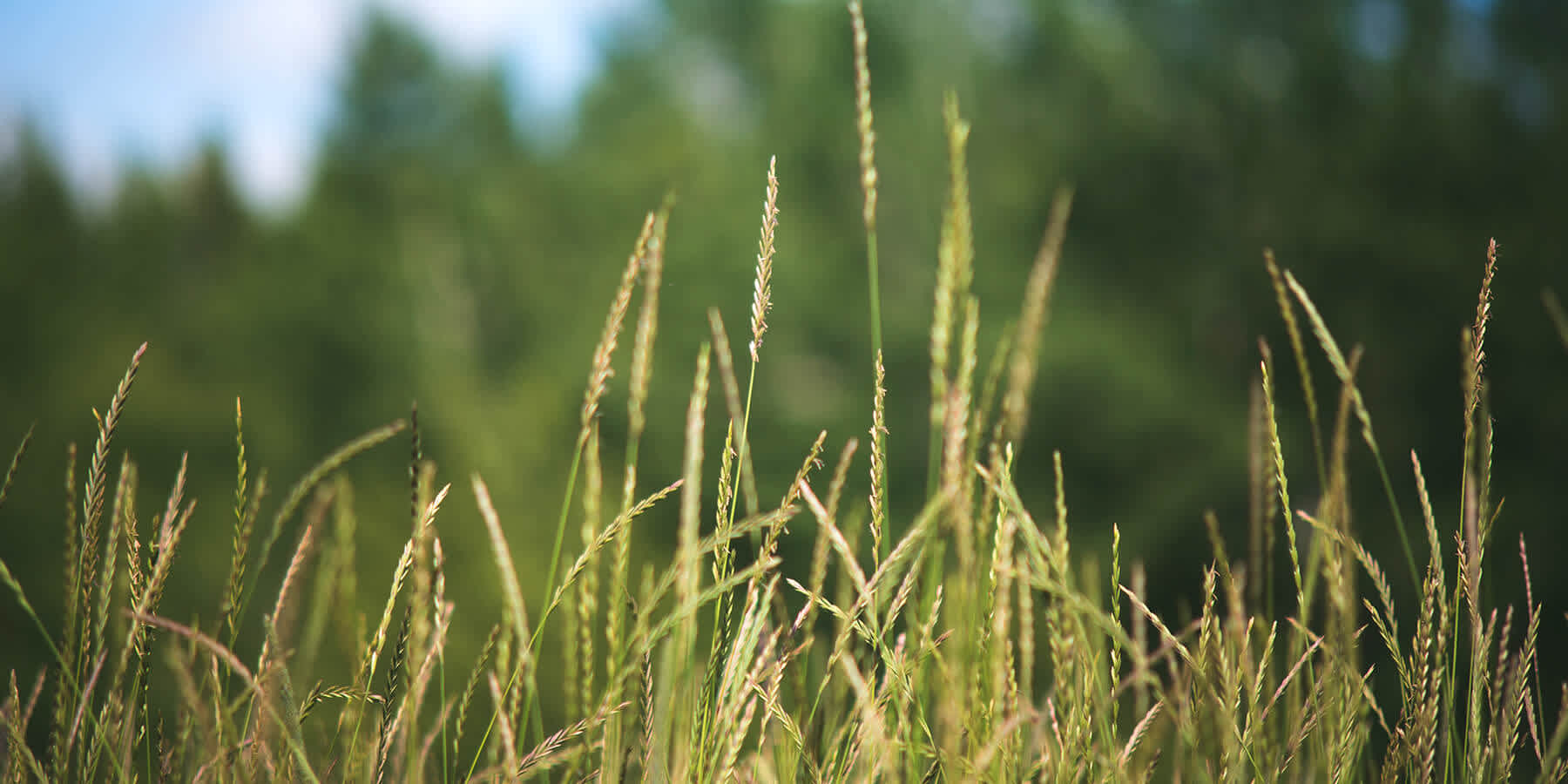

0 thoughts on “How To Cut Grass When You Have Allergies”